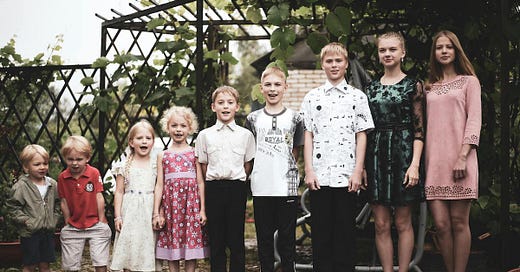The Critics are Wrong. Birth Order Matters.
Any real estate knows only three things matter - position, position, position. The same principle applies to your life and your family.
Photo by Саша Лазарев: https://www.pexels.com/
It’s been twenty-two years since I published Why Firstborns Rule the World and Last borns want to change it.
It went gangbusters in my neck of the woods, Australia.
My publisher, Penguin Random House, translated it into six different languages and published it in eight countries.
I did the media rounds again an…




